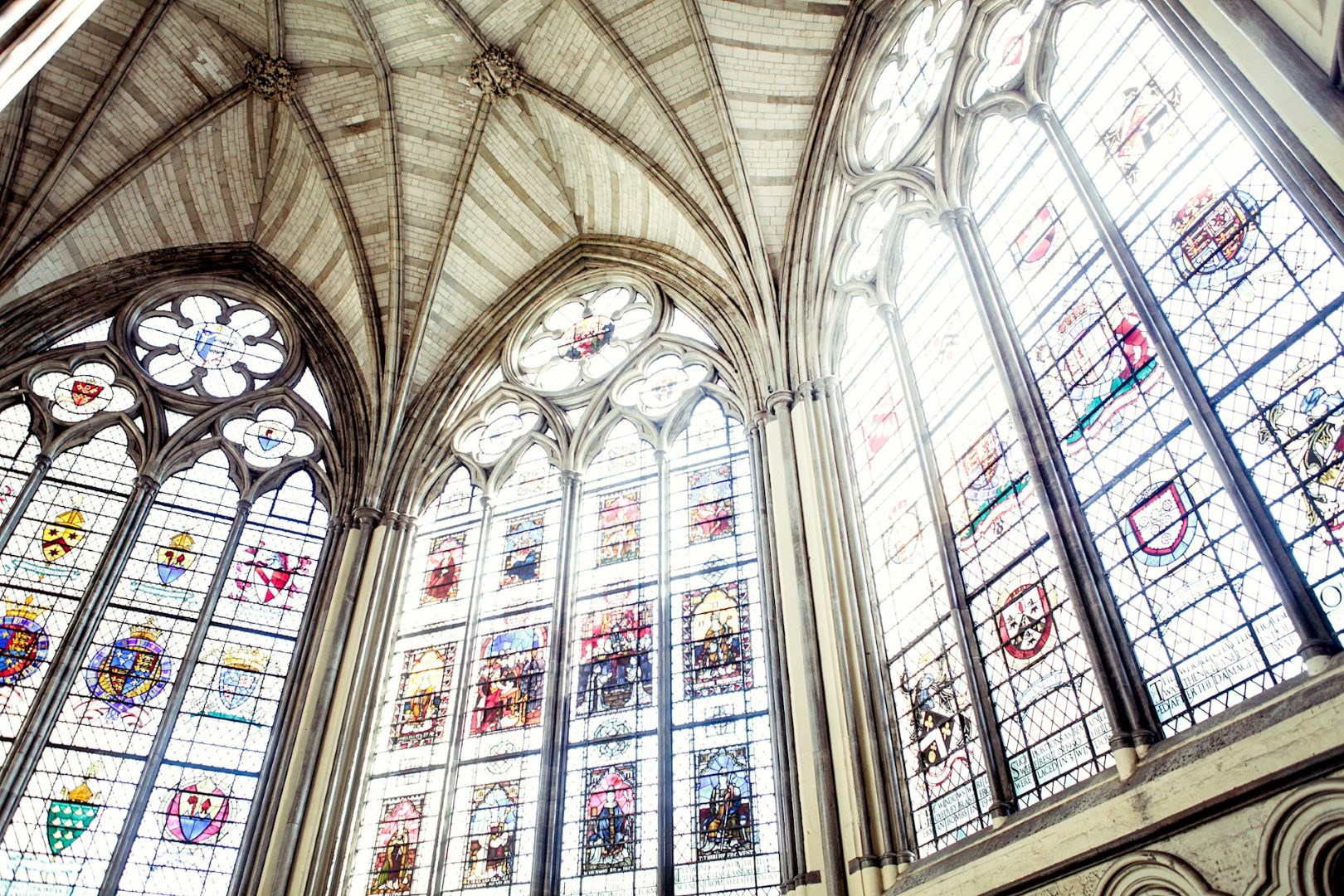In today’s world, embracing diversity and fostering inclusion within church communities is more important than ever. By celebrating differences and creating a welcoming environment for all, churches can reflect the true spirit of unity and love. In this blog post, we explore the significance of diversity in the church and offer practical strategies for fostering an inclusive and united community.
The Significance of Diversity in the Church
Diversity within a church community enriches the spiritual experience for everyone. Here’s why diversity matters:
Reflecting God’s Creation
God created humanity with a beautiful array of differences. Embracing diversity within the church mirrors the richness of God’s creation and honors His design.
Broadening Perspectives
A diverse congregation brings together people from different backgrounds, cultures, and experiences. This variety broadens perspectives and deepens understanding, enhancing the church’s ability to address complex issues and serve its community effectively.
Strengthening Community Bonds
When a church values diversity, it strengthens its community bonds by creating an environment where everyone feels seen, heard, and valued. This sense of belonging fosters unity and mutual respect.
Strategies for Fostering Inclusion and Unity
Here are some practical strategies for fostering an inclusive and united church community:
Encourage Open Dialogue
Creating spaces for open dialogue about diversity and inclusion is essential. Encourage members to share their experiences and perspectives, and actively listen to one another with empathy and respect.
Celebrate Cultural Heritage
Celebrate the diverse cultural heritage of your congregation through special events, worship services, and fellowship activities. Highlight different traditions, languages, and customs to promote understanding and appreciation.
Inclusive Worship Practices
Incorporate diverse styles of music, liturgy, and worship practices that resonate with different cultural backgrounds. This inclusivity in worship allows everyone to feel connected and represented.
Diverse Leadership
Ensure that church leadership reflects the diversity of the congregation. Diverse leadership brings a range of perspectives and experiences, fostering a more inclusive decision-making process.
Education and Training
Provide education and training on cultural competency, anti-racism, and inclusion for church staff and members. These programs can raise awareness, challenge biases, and equip the community to be more inclusive.
Stories of Inclusion and Unity
Here are a few stories of church communities successfully embracing diversity and fostering inclusion:
The Multicultural Choir
At St. Andrew’s Church, the formation of a multicultural choir has brought together members from various ethnic backgrounds. Singing in multiple languages and styles, the choir celebrates the diversity of the congregation and enriches the worship experience. “Our choir is a testament to the beauty of unity in diversity,” says the choir director, Maria.
Community Dialogues
First Baptist Church initiated a series of community dialogues on race and inclusion, inviting members to share their stories and listen to others. These dialogues have built bridges of understanding and strengthened the bonds within the congregation. “These conversations have been eye-opening and healing for many of us,” shares participant James.
The Impact of Embracing Diversity
Embracing diversity and fostering inclusion within the church has a profound impact:
Enhanced Spiritual Growth
Diversity challenges individuals to grow spiritually by exposing them to different viewpoints and experiences. This growth leads to a deeper and more mature faith.
Greater Community Outreach
A diverse and inclusive church is better equipped to serve a diverse community. By understanding and respecting different needs and perspectives, the church can extend its reach and effectiveness in community outreach.
A Model of Unity
In a world often divided by differences, a church that embraces diversity serves as a powerful model of unity and love. It demonstrates that despite differences, we are all one in Christ.
Conclusion
Embracing diversity and fostering inclusion are essential for building a vibrant, united church community. By celebrating differences and creating a welcoming environment for all, churches can reflect the true spirit of unity and love. Through practical strategies and a commitment to inclusivity, the church can become a beacon of hope and a model of what it means to be a diverse and unified body of Christ.



